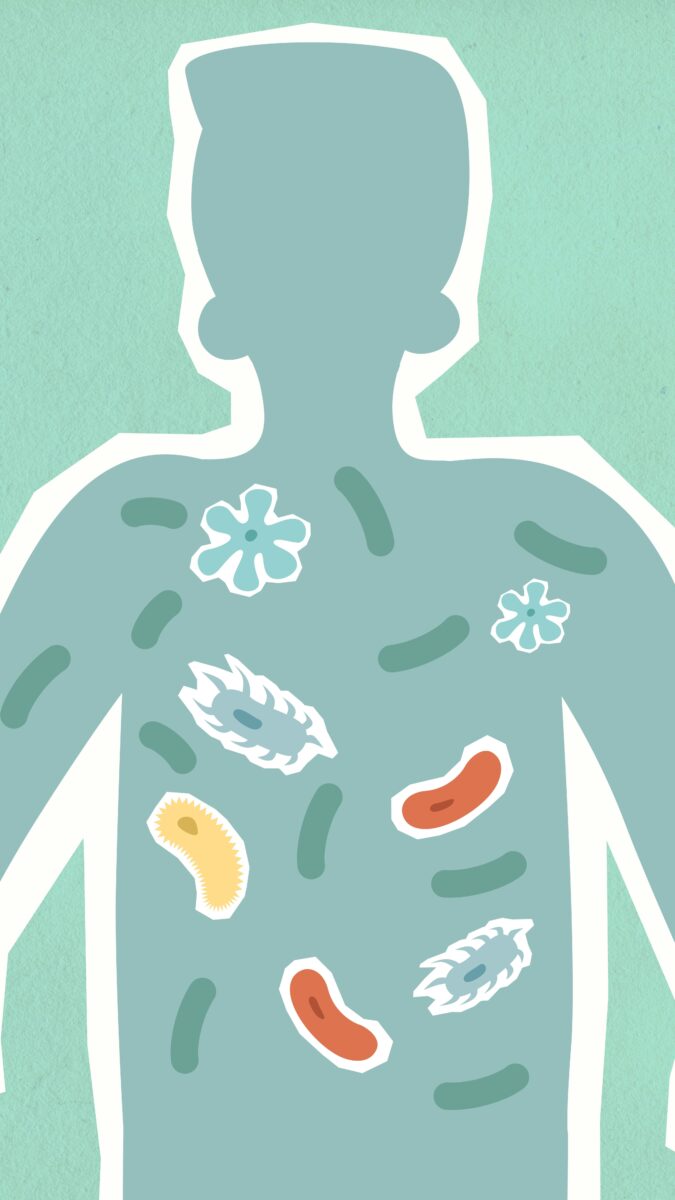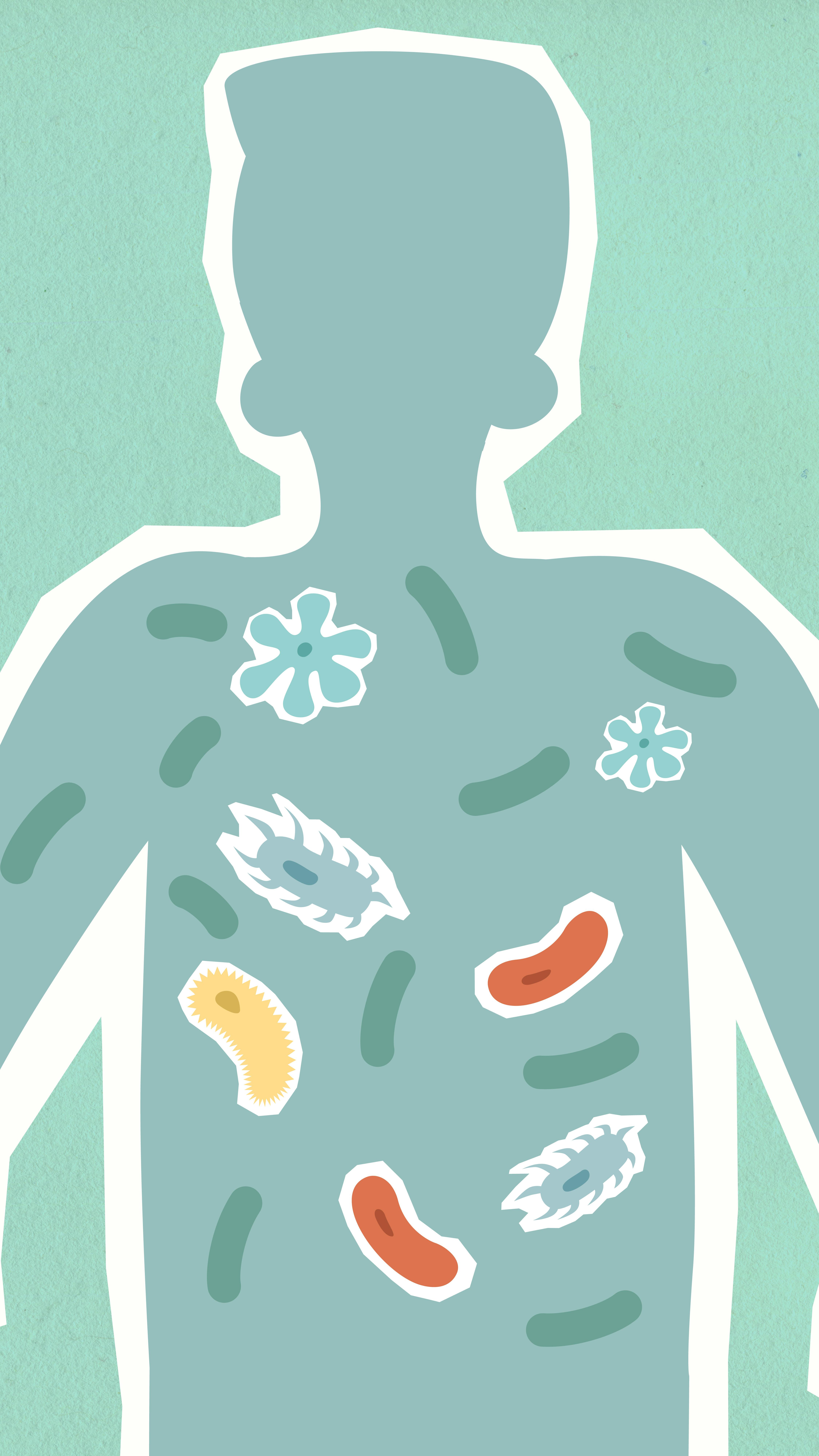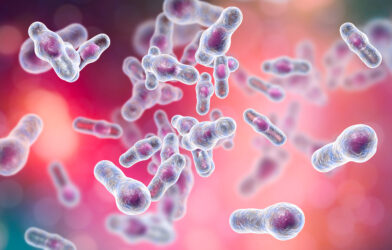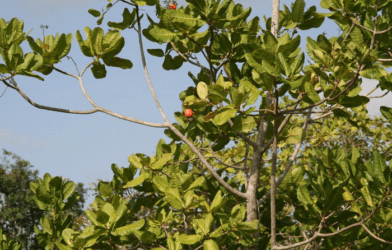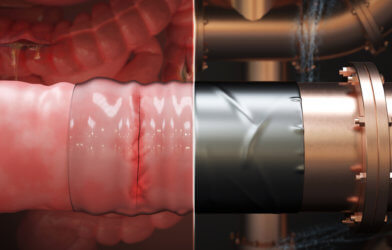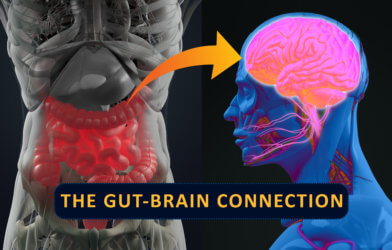What if the tiny world inside your gut, the one filled with trillions of bacteria, is doing something completely unexpected when you’re inflamed? New research suggests these microscopic residents aren’t just reacting to inflammation; they’re actively changing their internal chemistry in a way that seems to defy what we thought we knew. This surprising discovery could reshape how we understand gut health and tackle challenging conditions like inflammatory bowel disease and even the after-effects of COVID-19.
For years, scientists have understood that our gut bacteria, collectively known as the microbiome, play a huge role in our overall health. They help us digest food, produce vitamins, and even influence our immune system. But this latest study, published in Biomedical Informatics and led by Jeffrey M. Dick, dives deeper into the actual chemical makeup of these bacteria’s proteins. The findings are remarkable: gut bacterial proteins naturally have a low “water content,” almost as if they’re built to thrive in the gut’s water-absorbing environment. However, when inflammation strikes, these same proteins undergo a chemical shift, actually losing oxygen. This is a head-scratcher because inflammation is typically associated with more oxygen and stress. It seems our gut microbes have a clever trick up their sleeves to survive.
Unpacking the Microbe Mystery: How Scientists Peered Inside
To uncover these fascinating chemical shifts, researchers used a smart computational approach. They didn’t directly measure proteins from samples. Instead, they combined vast amounts of genetic information from microbial communities with known “reference proteomes.” Think of reference proteomes as detailed blueprints of all the proteins a specific type of microbe can create based on its genes. By knowing which microbes were present and in what amounts (from genetic surveys), and then consulting their protein blueprints, scientists could figure out the chemical features of the entire microbial community’s proteins.
The study analyzed a wide range of microbial data from different parts of the body, including the nose, mouth, skin, and especially the gut. For the gut, they focused on data from people with COVID-19 and Inflammatory Bowel Disease (IBD), comparing them to healthy individuals. This involved looking at information from numerous participants – hundreds, in some cases. For example, some IBD datasets included over 90 healthy controls and 50 patients, while a COVID-19 gut dataset had 145 healthy individuals and over 100 patients. This large-scale data collection made their comparisons very strong and reliable.
The research team also verified their computational predictions against direct measurements of microbial DNA (called “shotgun metagenomes”) and actual proteins (called “metaproteomes”) from different studies. This validation step is crucial because it showed that their computational method accurately reflected what was happening in real biological samples. The study focused on the long-term, evolutionary adaptations of these microbes, rather than just short-term changes.
The Gut’s Chemical Surprise: Adapting to Inflammation
The study revealed two key insights. First, it consistently showed that gut bacterial proteins contain less “water” in their chemical makeup compared to bacteria from the nose, mouth, or skin. This indicates that the human gut’s unique environment, designed to absorb water, has shaped the evolution of its bacteria. These microbes have, over long periods, chemically tweaked their proteins to be more “dry,” helping them thrive in this particular setting.
The most surprising finding, though, concerned inflammation. In people with inflammatory conditions like COVID-19 and IBD, the proteins in their gut bacteria showed an unexpected chemical shift: they became more “reduced,” meaning they lost oxygen. This is counterintuitive because inflammation usually floods the gut with more oxygen.
This unexpected change points to a clever survival strategy. The study discovered that this shift towards a more “reduced” state is largely due to a change in the types of bacteria that become dominant during inflammation. While inflammation makes the gut more welcoming to bacteria that can handle oxygen, it turns out that certain bacteria that usually prefer oxygen-free environments (like Faecalibacterium) actually have more oxygen in their proteins than some of the oxygen-tolerant ones in the gut.
Faecalibacterium is a very important gut bacterium, known for its anti-inflammatory properties, but its numbers often drop during inflammatory conditions. The decrease in Faecalibacterium contributes to the overall chemical “reduction” seen in the whole bacterial community. This suggests that even as the gut environment becomes more oxygenated, the bacterial community as a whole adapts by shifting its makeup towards microbes that, despite being “anaerobes” (living without oxygen), have proteins with a relatively higher oxygen content. This complex chemical dance highlights how oxygen and water aren’t just background factors; they actively shape how microbes evolve and survive within us.
What This Means for Your Health
This research paints a dynamic picture of the gut microbiome, showing it as a chemically active and incredibly adaptable community. The surprising way gut bacterial proteins shift their chemistry during inflammation, even in seemingly oxygen-rich conditions, demonstrates the sophisticated survival tactics these tiny organisms employ. It pushes us to think beyond simple understandings of how microbes work and to appreciate the intricate chemical strategies at play within our bodies. A deeper understanding of these subtle adaptations is essential for creating more effective ways to manage inflammatory diseases and harness the full potential of our microscopic allies for better health.
Paper Summary
Methodology
The study employed a novel “geochemical biology” approach to quantify stoichiometric water (nH2O) and oxygen (nO2) content of proteins based on their elemental composition. This computational method combined publicly available 16S rRNA gene sequencing datasets with reference proteomes to generate “community reference proteomes” for nasal, oral, skin, and gut microbiomes. The datasets included a large number of samples from controls and patients with COVID-19 and inflammatory bowel disease (IBD). Chemical metrics derived from these community reference proteomes were validated against shotgun metagenomes and metaproteomes from independent datasets. Statistical analysis primarily used Cohen’s d to measure effect size, avoiding p-values due to their sensitivity to sample sizes.
Results
The research revealed that proteins in microbial communities vary significantly across different body sites, with gut bacterial proteins exhibiting uniquely low stoichiometric water content, suggesting evolutionary adaptation to the gut’s water-absorbing environment. A surprising finding was that during inflammatory conditions like COVID-19 and IBD, gut bacterial proteins undergo a counterintuitive chemical shift toward chemically reduced states (lower oxygen content), despite inflammation typically being associated with increased oxidation. This reduction was linked to shifts in the abundance of different bacterial types; for instance, obligate anaerobes like Faecalibacterium, which have anti-inflammatory associations and relatively oxidized proteomes, tend to decrease during inflammation. This phenomenon, where obligate anaerobes in the gut can have more oxidized proteins than aerotolerant bacteria, helps them survive and compete in challenging inflammatory conditions.
Limitations
Several limitations were acknowledged, including the primary reliance on fecal samples, which may not fully capture the spatial complexity of oxygen and water gradients throughout the gut. The study’s use of reference genomes to predict protein sequences means it might not account for all variations within species, and many novel bacteria lack reference genomes. Furthermore, the chemical features were derived from elemental composition rather than direct quantification, highlighting a need for future methods capable of direct elemental analysis of microbial proteins and spatial sampling along the intestinal tract.
Funding/Disclosures
The paper was published by ELSP and is licensed under Creative Commons Attribution 4.0 International License, permitting unrestricted use, distribution, and reproduction provided the original work is properly cited. The Article Processing Charges (APCs) are entirely waived for papers submitted before the end of 2025. No specific funding sources or conflicts of interest for the author, Jeffrey M. Dick, are mentioned beyond his affiliation with Central South University.
Paper Publication Info
The paper is titled “Chemical features of proteins in microbial genomes associated with body sites and gut inflammation”. It was authored by Jeffrey M. Dick. The article was received on December 6, 2024, accepted on May 16, 2025, and published on May 26, 2025, in Biomedical Informatics. The specific citation is: Dick JM. Biomed. Inform. 2025(1):0005. The DOI is 10.55092/bi20250003. Biomedical Informatics (ISSN: 3005-3854) is an online multidisciplinary open-access journal.
